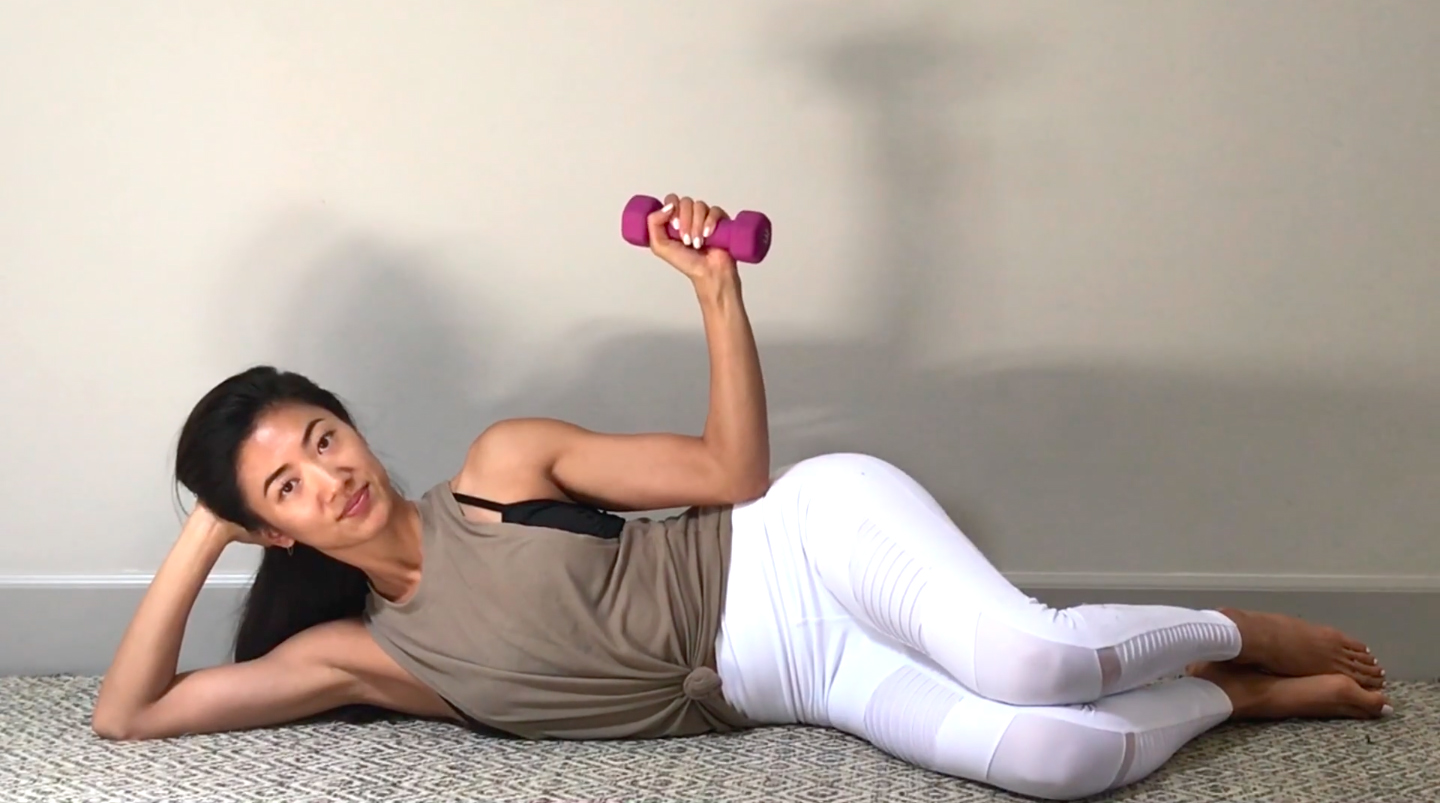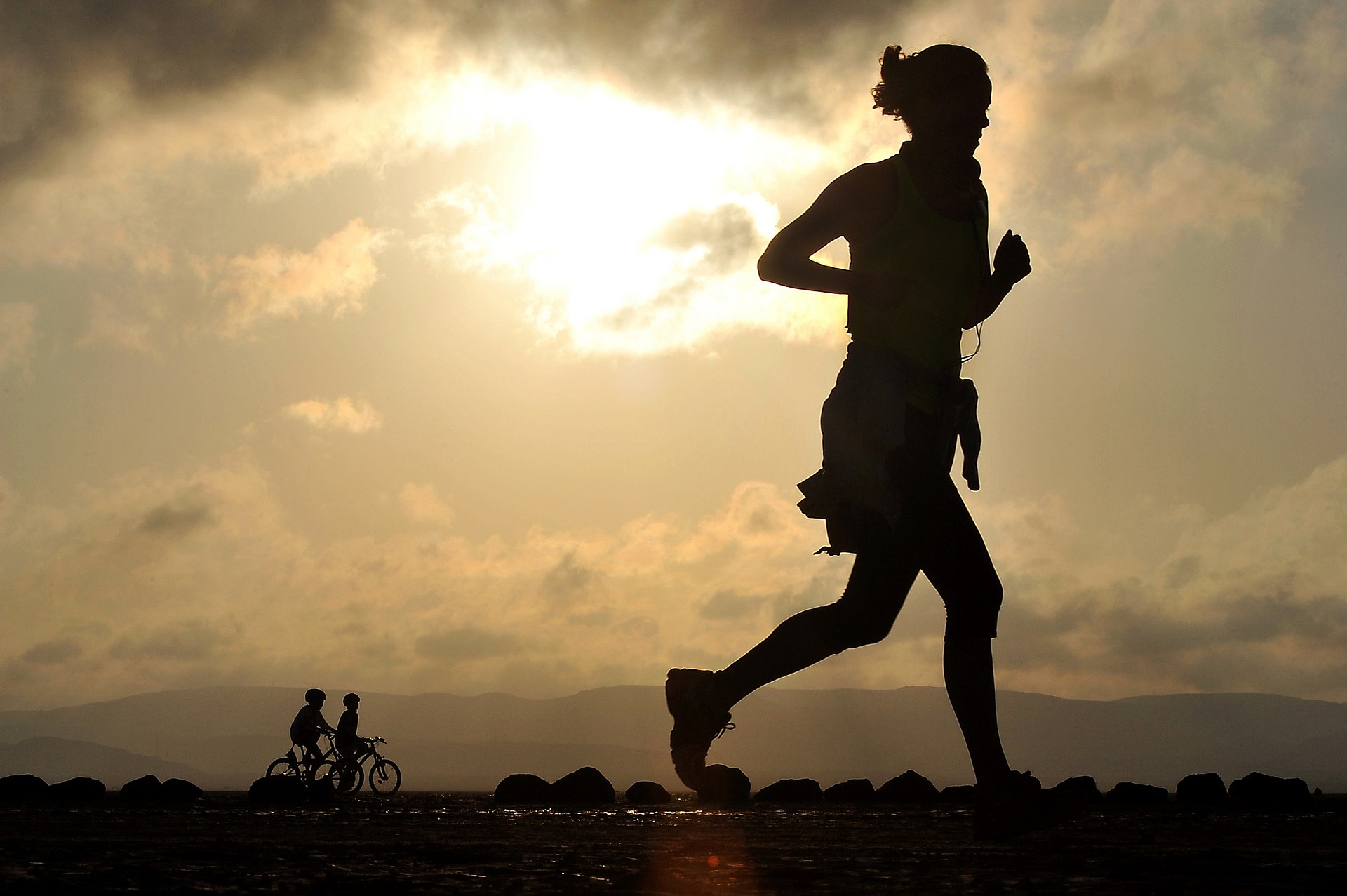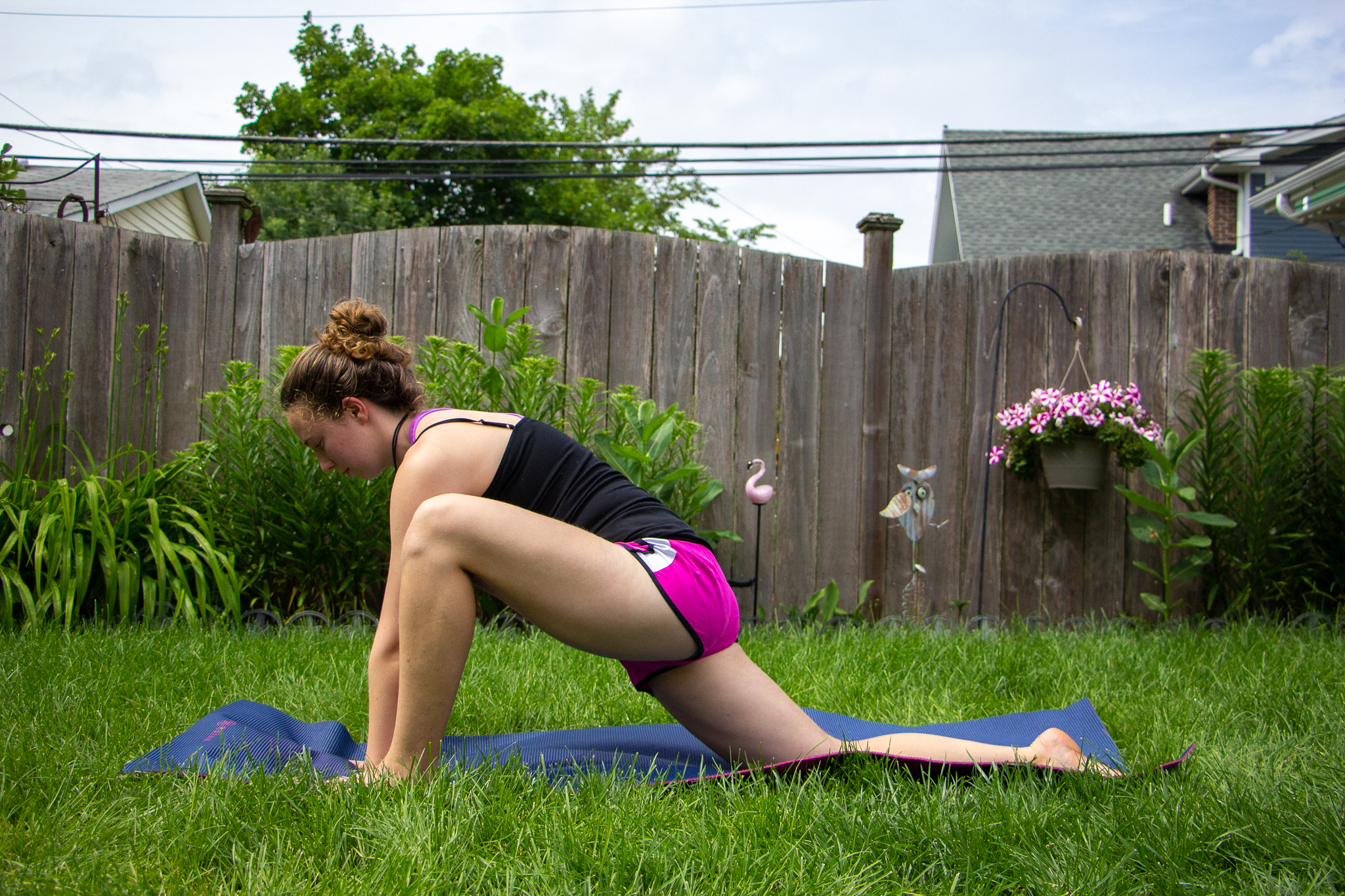This article was originally published on April 3, 2017.

We can get so wrapped up in working out for a better physical appearance that we forget to work out for function. When we focus too much on building the “first impression” muscles without balancing the entire muscular system, our bodies can plateau, break down, and become easily injured. There are overlooked muscle groups that are critical in keeping our bodies working and mobile. Below are five muscles you’re probably forgetting to work and exercises to strengthen them. Incorporate these into your regular workout routine for a more balanced and healthy body.
1. Neck “Isometric Neck Exercise”-Neck strengthening helps our posture and spine health. Stand or sit straight up. Place your tongue on the roof of your mouth to stabilize the muscles in the front of your neck. Interlace your fingers and place your hands behind your head. Make sure you are cupping the base of your skull. Keeping your chin down and press the back of your head into your hands. Use your hands to resist your head so that your hands don’t move. Allow yourself to make a double chin in this position. You will be strengthening your neck and lengthening the cervical spine for better posture. Hold each rep for five seconds before releasing. Do 10 times.
2. Rotator Cuff “Side Lying External Rotation”– The rotator cuff is a group of muscles that stabilize the shoulder. The slightest wrong twist of the arm can inflame a weak rotator. It’s also a common place of injury for active people doing weight bearing exercises on the upper body. To strengthen the muscle, lie down on one side with your legs bent and back straight. Prop your head up with the supporting arm on the ground. Use a light weight in the top hand and wedge your elbow into your hip with the arm at 90 degrees. Slowly rotate the top arm to raise the weight towards the sky. It’s important to keep your upper arm glued to your side and hinge at the elbow. Squeeze it as far back as you can in this position for a few seconds before slowly releasing it back down. Do three sets of 10 on each side.
3. Pelvic Floor “Dead Bug Crunch”- A strong pelvic floor is necessary to support the functions of our bladder, rectum, and sexual organs. To identify the muscles in your pelvic floor, imagine flexing the same muscles you would use to stop a flow of urine. Once you have identified your pelvic floor muscles, you should practice engaging them while doing any core strengthening work. Lie on your back with your knees at a tabletop position and your arms straight in front of you at shoulder height. Imagine scooping your entire abdomen in and up as you simultaneously straighten one leg to the ground and lower both hands to the floor above your head. Continue engaging your pelvic floor muscles to bring the arms and legs back to center. Repeat with the other leg. Do 10 on each leg. For more pelvic floor exercises, check out our tutorial, “4 Moves To Strengthen Your Pelvic Floor.”
4. Anterior Tibialis “Walking on Heels”– This muscle runs along our shin bones, opposite to the calf muscle. Strengthening it is important for the function of our feet and preventing common injuries like shin splints and plantar fasciitis. A fun way to strengthen this muscle is to simply walk on your heels. Stand next to a wall or counter so you can hold on for balance. Flex your feet to lift your toes off the ground, putting all of your weight on your heels. Keep your feet flexed as you start slowly walking from one side of the room to another. Do two sets of walking on heels for 1 minute each set.
5. Ankles “Relevés”- Whether you are a playing a sport or walking down the stairs in your house, ankle strength plays a huge role in balance and injury prevention. Ballerinas have some of the strongest ankles because of the amount of training they do that requires them to balance on the balls of their feet. To get some of this ankle stability you can do basic ballet relevés or calf raises. The key to this exercise is not to focus on how much weight you can press with the calves, but to maintain balance and stability in your ankles. Stand near a wall or counter top with your feet slightly turned out. Place one or both hands on the wall for support at first. Keep the legs straight as you rise up onto the balls of your feet. Hold this position and pay attention to where your weight is. It should be evenly distributed over all five toes. If your ankles are weak, you’ll either be leaning to the outsides of your feet or insides of your arches. Slowly go up and down in your relevés 10 times, trying not to let the ankles wobble or roll to either side. On the last rep, hold it up and try to balance with your arms straight out to your sides for 10 seconds. Repeat 2-3 more times.
The movements in these exercises may be small but they play a big role in keeping our bodies functioning properly. Which of these muscles have you been forgetting to work?
Also by Crystal: These Couple Stretches For Flexibility Are Serious Workout #Goals
Save Your Achy Feet With These 4 Life-Changing Stretches (Video)
Related: 5 Tricks Every Busy Woman Must Know To Exercise More Without Trying
Get more like this—Subscribe to our daily inspirational newsletter for exclusive content!
__
Video: Crystal Chin




